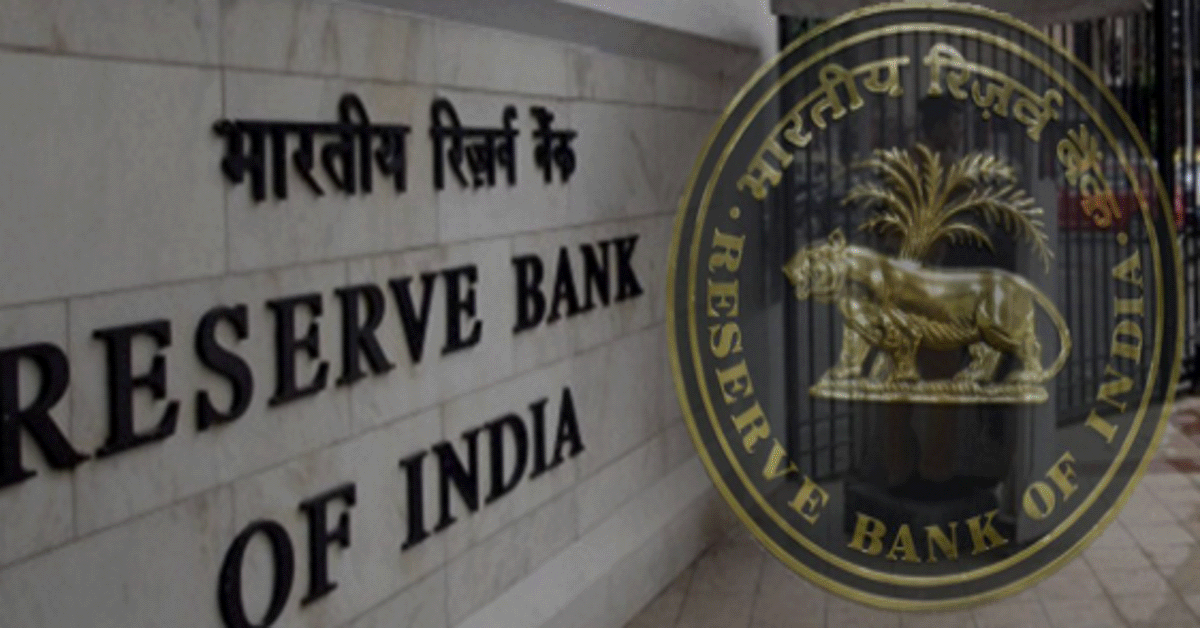On June 24, the Reserve Bank of India (RBI) announced rules outlining the criteria for non-bank finance firms (NBFCs) to declare dividends. The RBI stated that the new standards are intended to increase practise openness and consistency.
The new standards would apply to dividends declared on profits for the fiscal year ending March 31, 2022 and subsequent years, the RBI said.
To be eligible to declare dividends under the new rules, an NBFC must have met the applicable regulatory capital requirement for each of the preceding three fiscal years, including the fiscal year for which the dividend is proposed.
Additionally, the RBI stated that standalone primary dealers must maintain a minimum CRAR of 20% for the fiscal year (all four quarters) for which a dividend is proposed.
Additionally, the RBI stated that NBFCs’ net NPA ratio must be less than 6% in each of the last three years, including at the conclusion of the fiscal year for which the dividend is proposed to be announced.
The RBI stated that when considering dividend proposals, the board of directors should take into account the Reserve Bank’s supervisory findings regarding divergence in the classification and provisioning for non-performing assets (NPAs), qualifications in the auditors’ report to the financial statements, and the NBFC’s long-term growth plans.
Additionally, the RBI stated that the Board shall ensure that the total dividend proposed for the fiscal year does not exceed the ceilings indicated in these guidelines.
According to the RBI, the proposed distribution must include both dividends on equity and compulsorily convertible preference shares that qualify for Tier 1 Capital. If the net profit for the relevant period demonstrates an overstatement of net profit, the RBI stated that the overstatement shall be subtracted from net profit when calculating the Dividend Payout Ratio.
The RBI has not imposed a dividend ceiling on non-deposit taking NBFCs. The RBI has set a maximum of 60% for core investment companies and standalone primary dealers. The ceiling is set at 50% for other NBFCs.
An NBFC that does not meet the applicable prudential requirements outlined in Paragraph 53 above for each of the preceding three fiscal years will be allowed to issue dividends, subject to a 10% dividend payout ratio cap, the RBI said.
These include achieving the statutory capital adequacy requirement in the fiscal year for which dividends are proposed and having a net non-performing asset (NPA) ratio of less than 4% at the fiscal year’s conclusion.
Additionally, NBFCs that declare dividends must publish the amount of dividend declared during the fiscal year, the RBI stated.
